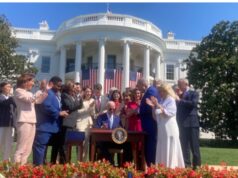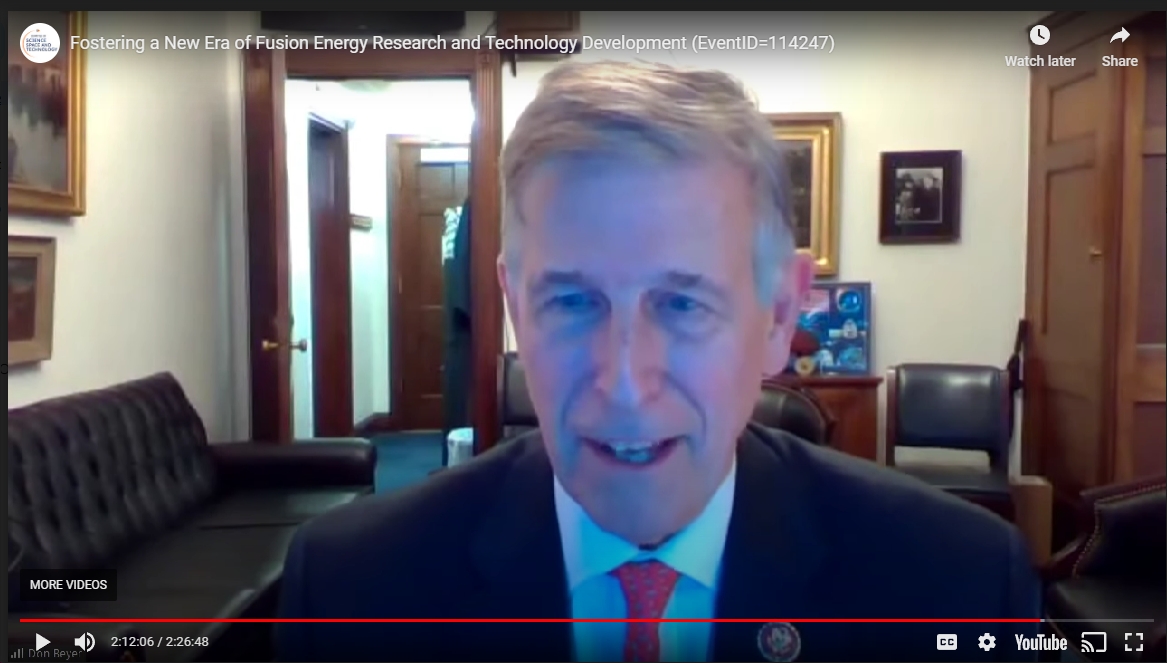 Cross-posted at Daily Kos
Cross-posted at Daily Kos
It’s 2014 and we just spent one more year failing to respond to global climate disruption. So please join me in my New Year’s Resolution to move on from debating climate science to developing climate policy.
I am as guilty as anyone of spending more time debating climate denial trolls than actually crafting solutions, lobbying to get them passed and working to ensure they are adopted. This unproductive situation is the result of the effective diversionary tactic developed and executed by the Koch brothers, Exxon Mobil and the other fossil fuel titans who have spent millions to sow doubt about climate change through a huge network of organizations, individuals, websites and blogs.
Their endless factoids and talking points would only make sense if pretty much the entire global scientific establishment were engaged in the biggest conspiracy that the world has ever known. Which is, quite simply, science fiction.
As long as we remain stuck on this phony debate over settled science, however, we remain one step away from working to actually reduce greenhouse gas emissions and prevent the climate change that is already happening from turning truly catastrophic.
The barrier to moving forward is, of course, the significant portion of Republicans who now believe the whack-job conspiracy theories. But the good news is that not only do a much larger percentage of Democrats understand that climate change is real, but so do a majority of Independents. With 84% of Americans believing that climate change is probably happening — and 50% certain that it is — we don’t need to spend more time fruitlessly trying to shout down every denier. We need to get to work on solutions.
It’s amazing — and frankly disturbing — to look back at how little time proponents of climate change action have spent in recent years discussing and developing the policy options. So I will end with a brief refresher on three major options, to bring this discussion back to where it belongs — on positive, forward-looking action.
Option 1: Carbon tax swap: I’ve heard some interesting arguments for the approach of taxing major carbon dioxide emissions, with champions ranging from the grassroots-based Citizens Climate Lobby to former Republican Congressman Bob Inglis and his Energy and Enterprise Institute.
A carbon tax has the advantages of simplicity and transparency and of pushing the market in the right direction through the signal it responds to best — price. It has the big disadvantage that it involves the evil “T-word” — tax — which remains politically toxic. Avoiding making such a tax regressive is also important. But the approach that Inglis is pushing — a revenue neutral tax swap, under which carbon taxes are raised in exchange for a lowering of payroll taxes — seems at least politically possible. I’m intrigued and I’d like to hear the advocates of a carbon tax speak up and flesh out their ideas more.
Option 2: Emissions trading: This is the better known alternative (sadly voted down several years ago in the form of the Waxman-Markey bill) under which an overall economy-wide cap on carbon emissions is established, and companies are required to obtain emissions permits that they can trade with one another. The trading is designed to allow companies the opportunity to direct spending on emissions reduction to where it would be most efficient. It is not a tax per se and different bills have directed diverse uses for the revenue generated though the sale of permits, including returning the money to the taxpayer in the form of “dividends.”
A disadvantage of cap and trade approaches is their complexity. While this approach worked extremely well to reduce sulfur dioxide emissions from coal-fired power plants — a major cause of acid rain — the truth is that carbon dioxide presents many additional challenges due to the countless processes that emit it, representing activity at all levels of the economy.
A very interesting discussion of problems with how carbon markets are working internationally may be found at ftp://lib.sumdu.edu.ua/ebooks/articles/Sovacool.pdf. Also see these respective advocacy pieces for carbon taxes and emissions trading.
Option 3: Energy efficiency and renewable policy: Another option is to temporarily sidestep some of the climate issues and simply focus in a very big way on the largest source of greenhouse gases by far, our energy use. This is not by any means a cop-out — it gets to the core of the issue, while holding out arguably the greatest potential for making short-term progress.
Indeed, even some Republicans are on the bandwagon. For example, Reps. Peter Welch (D-VT) and Cory Gardner (R-CO) co-chair the new Energy Savings Performance Caucus, while Senators Rob Portman (R-OH) and Jeanne Shaheen (D-NH) have pending legislation to make Federal policy more supportive of energy efficiency.
Without putting a price on greenhouse gas emissions, this strategy leaves renewables operating on a playing field that remains tilted against them. But it provides opportunities to make some progress in fixing government policies that, at present, overwhelmingly favor the fossil fuel industry.
As Congress continues to twiddle its fat thumbs and deny or ignore global climate disruption, the Obama administration is left taking the final remaining option of greenhouse gas regulation, which is neither a cheap, easy nor attractive approach — but most certainly beats doing nothing.
Every option, of course, has its challenges. But the point is, let’s get off the phony debate about science and back to talking solutions.













